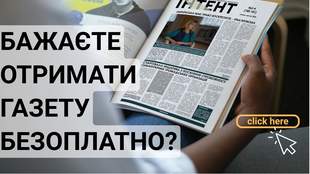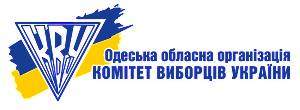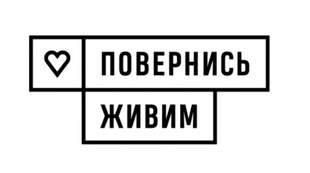Меню
Social networks
Sections
April 14, 2025, 11:12 p.m.
Odesa Seeks UNESCO Funding to Bridge Cultural Gap with Lviv Amid Challenges
Цей матеріал також доступний українською200
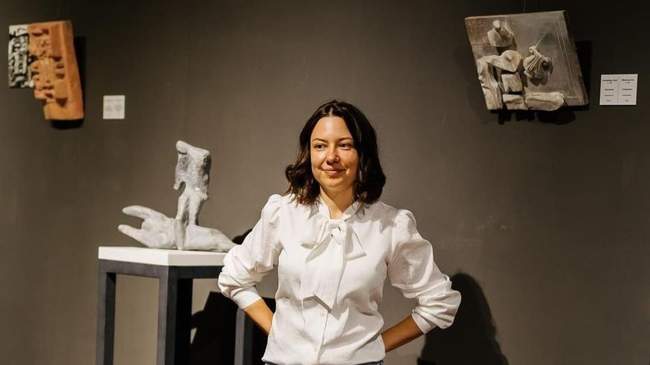
Photo: Oleksandra Kovalchuk's Facebook page
What's wrong with the Ministry of Culture? What should Odesa do to bridge the cultural gap with Lviv? How to attract hundreds of thousands of dollars in UNESCO funding? Intent talked about this with Oleksandra Kovalchuk, deputy director of the Odesa National Art Museum (Okhm), co-founder of the Museum of Changes NGO, who is currently in the United States. They also talked about the main problems that make Ukrainian museums have almost no chance of normal development, depression, financial fears, and the phenomenon of the "dictatorship" of the former director of the Okhm Oleksandr Roytburd.
How do you assess the evacuation of cultural property in Ukraine?
The problem, in my opinion, is that during the three years of the full-scale invasion there were three teams of the Ministry of Culture. And because of this change of teams, any projects suffered.
As for the evacuation, there was no one in the ministry who was purposefully engaged only in this area.
Unfortunately, the legislation in this regard has not yet been changed during the war. In particular, it concerns the export of the collection abroad. For example, if we take works somewhere and have the opportunity to leave them there for several years until it is dangerous to return them, the current legislation does not allow us to do so. The collection can only be taken out for exhibitions or research.
We see how Poland, Norway, Sweden and other countries are now allocating millions of euros for training programs to protect cultural heritage in the event of possible aggression. And we cannot do strategic work during the aggression.
Why, in your opinion, has the Ministry of Culture and Strategic Communications of Ukraine not launched a policy to preserve cultural heritage during the three years of war?
Over the last month or two, I think the ministry, perhaps under public pressure, has begun to coordinate these processes and some instructions have appeared.
The problem is that the Ministry of Culture does not have a sufficient team that would be responsible for this. It needs people who would deal exclusively with evacuation.
There are also challenges at every level. The situation with museum directors, military administrations, and local authorities is different. In some places, these are patriotic and motivated people, and in others, it's the other way around.
The problem with evacuation could have been foreseen. Now we need to evacuate hundreds of thousands of items from several frontline regions. And when you have to organize the evacuation of so many items at the same time, it is physically impossible. Secondly, all regions are cutting spending on culture. The number of employees in museums is decreasing every year. In order to evacuate, everything needs to be packed. And with a small number of people it is impossible.
Do I understand correctly that right now we are talking about Sumy region?
Yes. We are also talking about Zaporizhzhia and its region, Kharkiv region. At least these regions.
I'm interested in the story of the stained glass windows of the Odesa Philharmonic that were damaged by the Russian attack. There is an opinion that these are not authentic stained glass windows. Is this true?
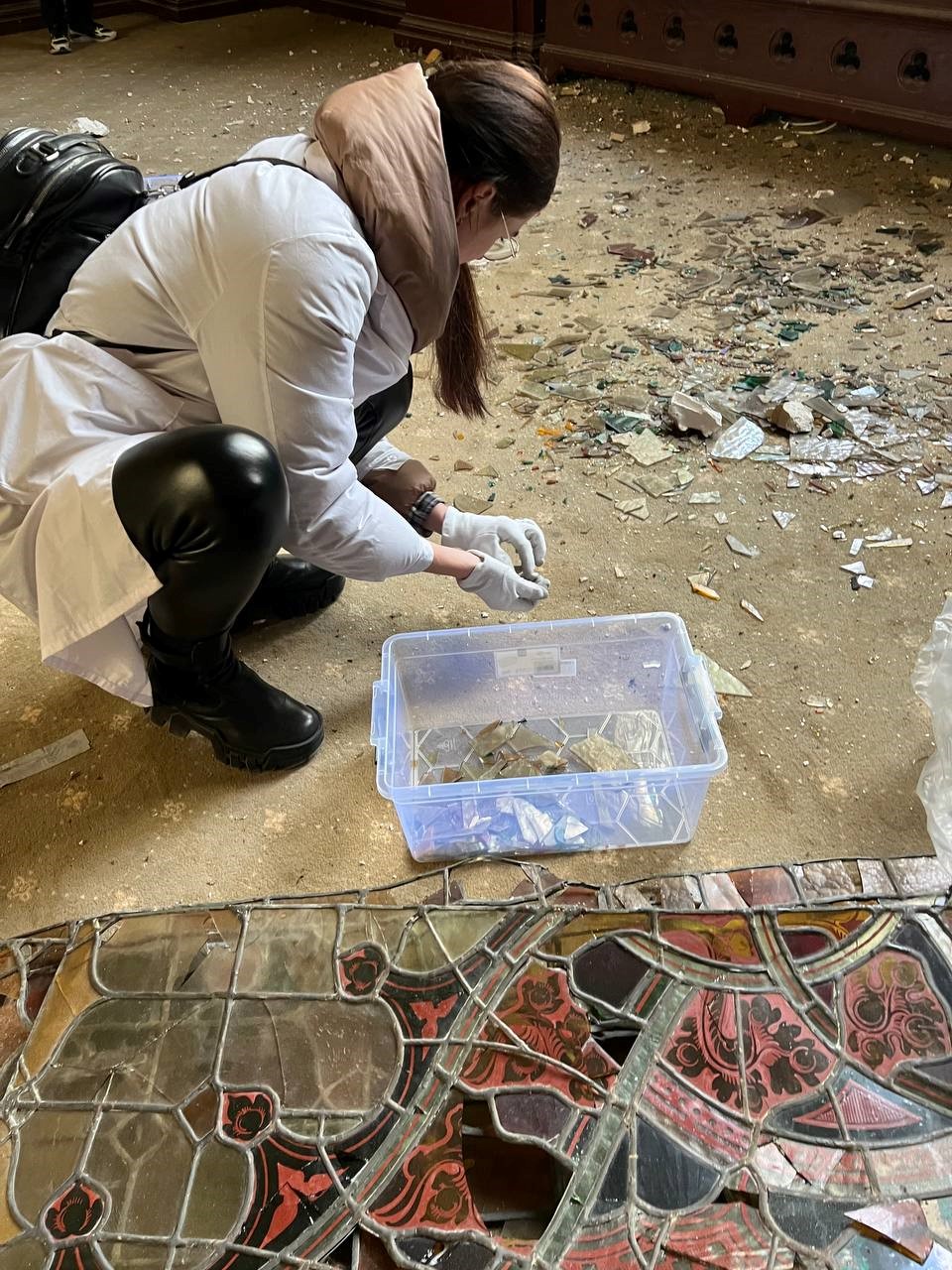
Photo: Facebook page of Oleksandra Kovalchuk
According to the Department of Culture of the Odesa Regional State Administration, during the restoration of the Philharmonic, some fragments of these stained-glass windows were made anew, and some were authentic.
Our task after the Russian attack was to collect and restore the old stained glass windows so that there was no need to make new ones again.
In Ukraine, people have a poor understanding of what cultural heritage is. People were rolling their eyes, thinking that we were somehow abnormal when we collected stained glass windows piece by piece. We could just make new ones. But this is erasing our history. And this is what the Soviet Union taught us. That something can be destroyed, something can be remade, a cathedral can be demolished and something else can be built in its place. You can take a synagogue and make an archive in it. And so on.
How often do you remember the former director of the museum , Oleksandr Roitburd? If the AI played a video with him, what would he be doing now?
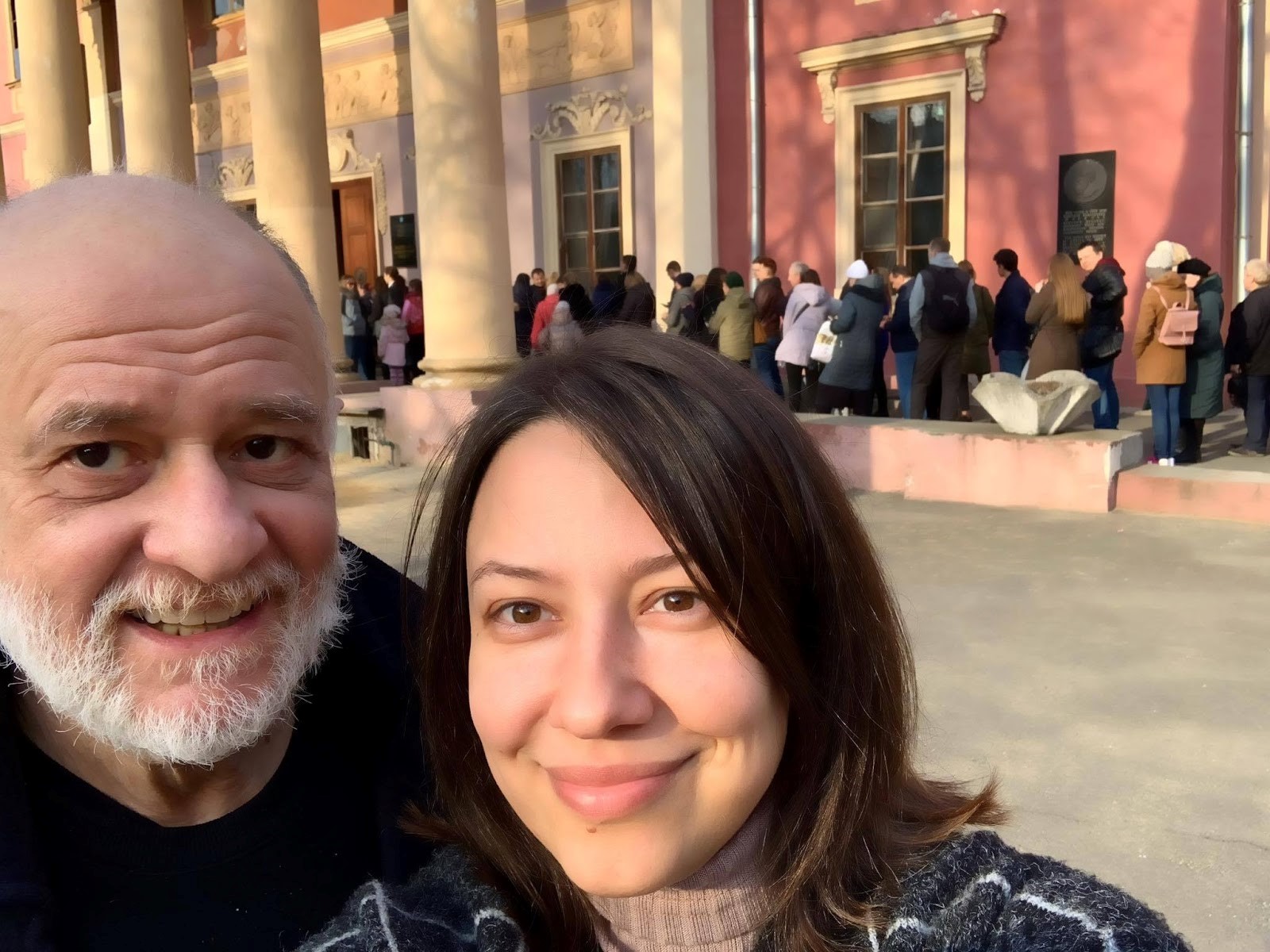
Photo: Oleksandra Kovalchuk's Facebook page
I can't say what he would be doing now. Sasha was very sick. Perhaps at the beginning of the invasion he would have been abroad and undergoing treatment. But what I am sure of is that he would have been in touch all the time and we had the pleasure of reading his posts on Facebook on all the hot topics: a little sarcastic, with that special sense of humor of his.
I think of Sasha very often. I try to preserve his memory, to systematize the materials related to him in the museum. And I'm constantly thinking about what the publication could do, such as interviews with museum staff about how they worked with Sasha.
How is the Marazli Club developing now?
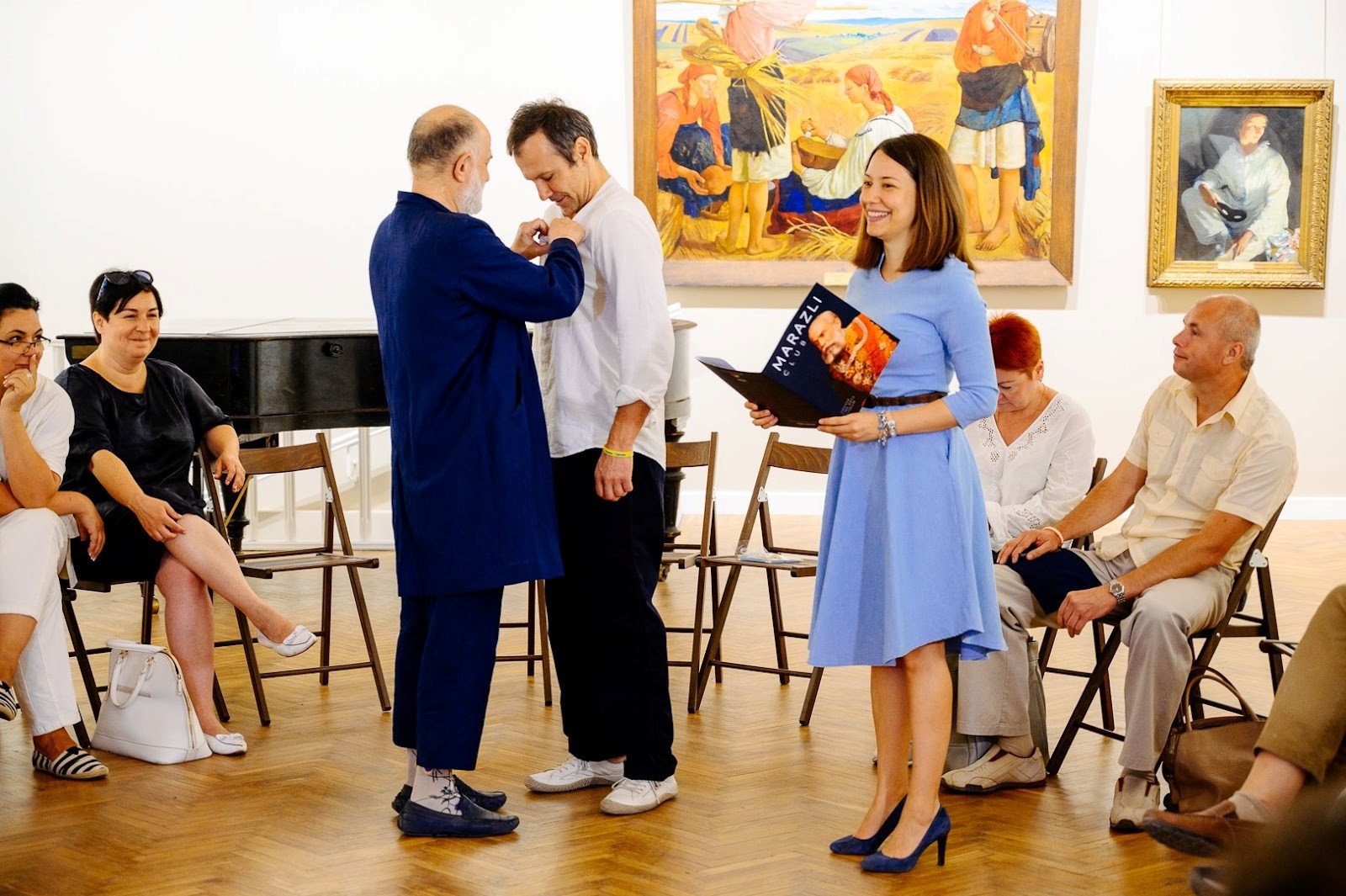
Photo: Facebook page of Oleksandra Kovalchuk
We are grateful to the people who continue to support the museum during the full-scale invasion.
We have also increased the amount of annual contributions. It has been 30 thousand hryvnias a year since the club was founded. We decided to increase it to 45 thousand. This will significantly affect the museum's ability to plan its budget, exhibitions, and program activities.
The regional council finances salaries and utilities. Everything else-from toilet paper to the delivery of artists' works to exhibitions, their decoration-is funded by the Marazli Club.
You said that Roitburd didn't believe in strategizing. Why? Does the museum do strategy sessions now?
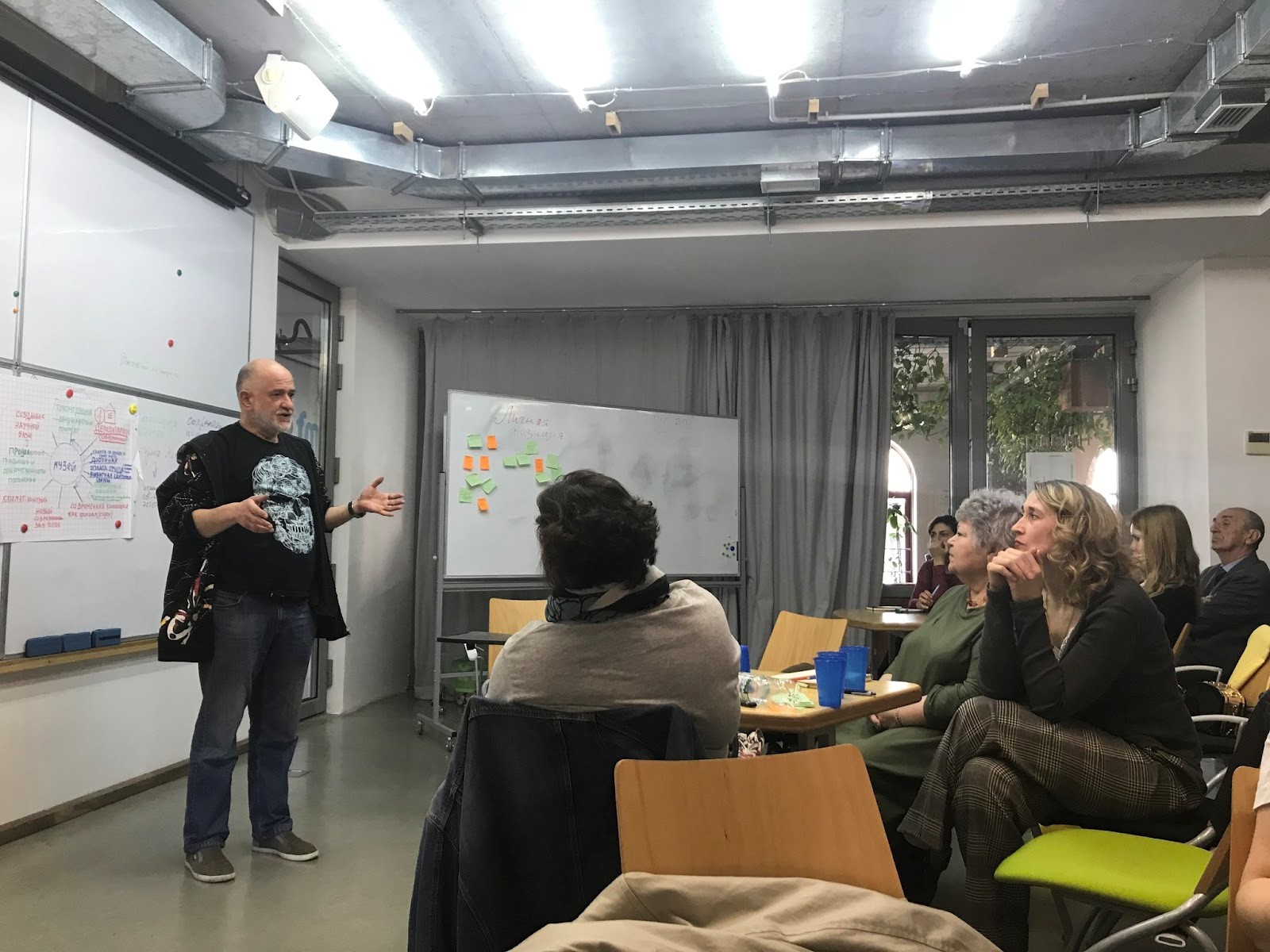
Photo: Oleksandra Kovalchuk's Facebook page
Sasha is a unique case in the history of Ukrainian culture. And it cannot be repeated by anyone else. His role was to be an icebreaker, breaking through this ice, the old structure of the museum. He made his own decisions. This is a wartime director. It's a dictatorship, but it's justified. When he makes decisions quickly, and the museum moves based on his ideas.
Now we need to move from this startup with a charismatic founder to an institution that operates on clear and transparent mechanisms. And we are gradually moving towards this. We have launched the Board of Trustees as a way to ensure transparency of management. It both helps and controls.
At the same time, it is quite difficult to strategize now when we do not know what will happen tomorrow. That's why we talk about our processes, our ideas, and the museum's expectations.
You said that working with the Reutherburg was exhausting. However, it brought extremely powerful emotions. How has it changed? Where do you get your emotions?
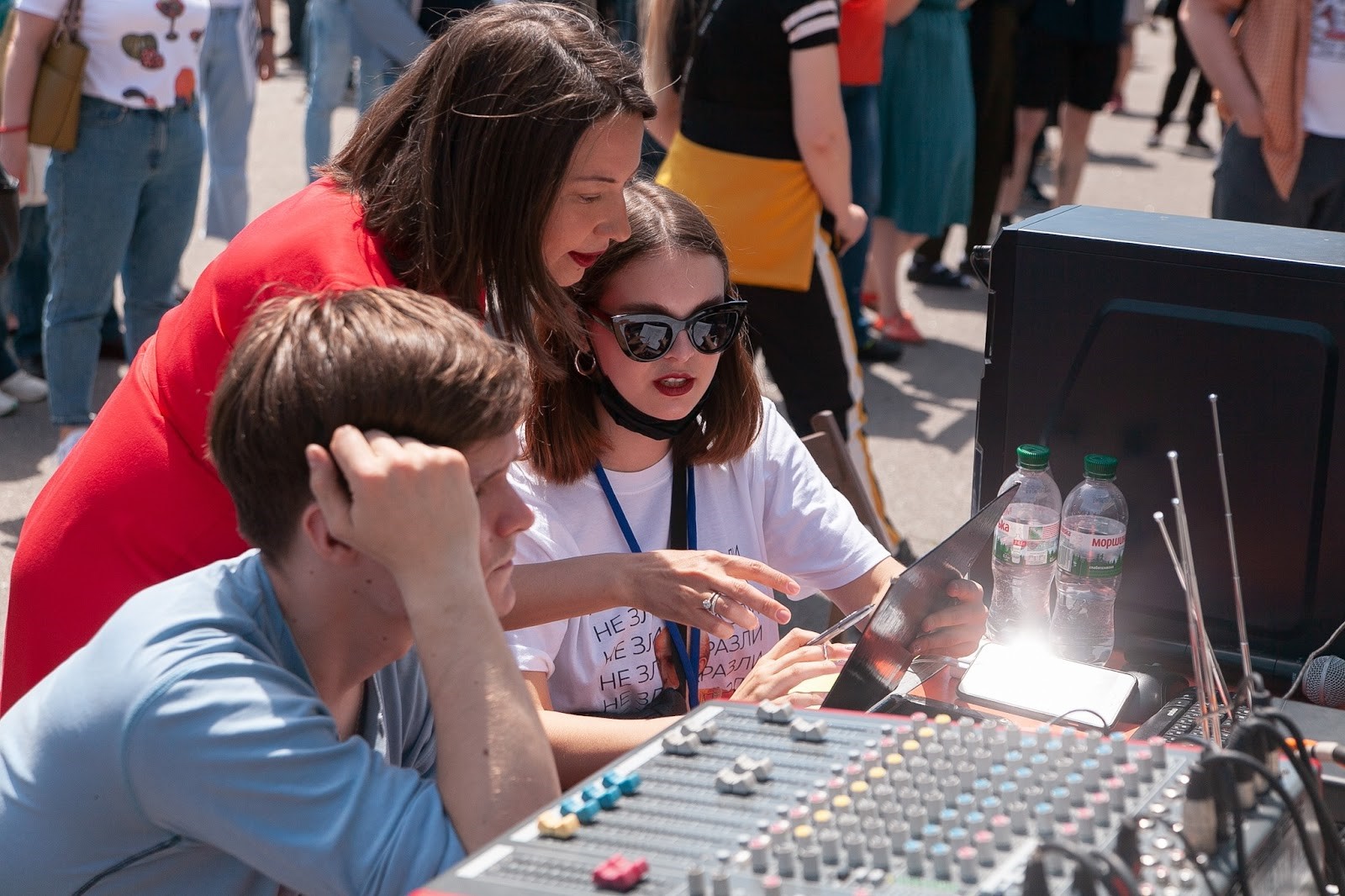
Photo: Oleksandra Kovalchuk's Facebook page
During this full-scale war, I had two severe episodes of depression. Where do you get the strength to be effective? In my character. For me, the museum is something connected to my mission. And this is how I see myself in my old age. That I come and volunteer there. I feel responsible for the museum.
Sasha, is there a fear that everything might creep back?
Of course, there is such a fear. The director Katia Kulai and I are constantly having panic attacks related to the risk of losing funding. The need to find money, the limited size of the team, we constantly feel that we are on the brink.
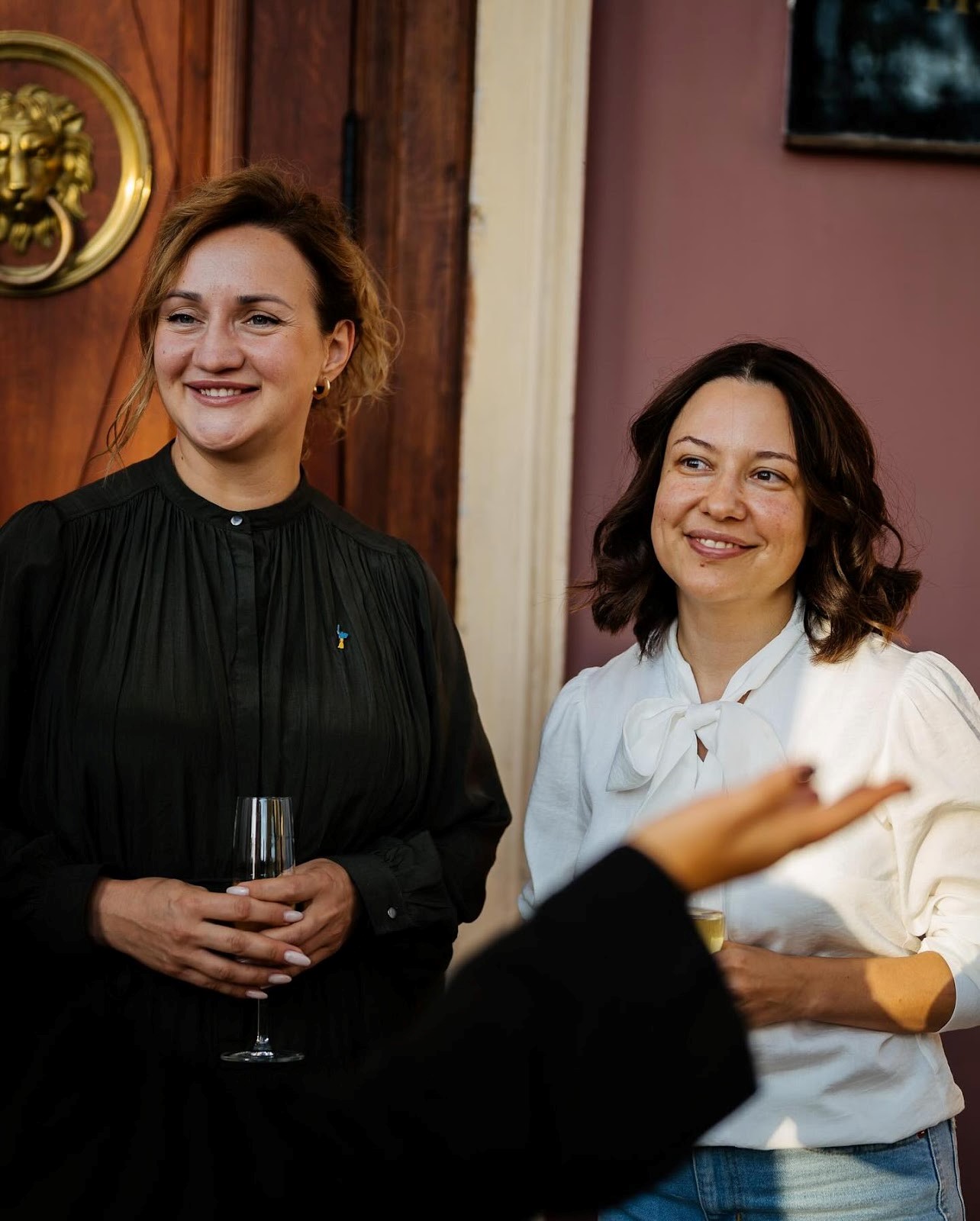
Photo: Oleksandra Kovalchuk's Facebook page
There is no sense of security. In general, Ukrainians don't have a sense of security at all now, but here we are constantly on our toes. If we burn out and can't continue to work, it could happen.
Did any of the museum's employees go to war? Do you feel a lack of professionals?
We are experiencing a shortage of museum workers and cultural managers, and the situation is only getting worse.
Our scholar and researcher Oleksandr Dmytrenko actually mobilized at the beginning of the invasion, he is an artilleryman. We keep in touch and are waiting for him at the museum. We hope that this year or next year we will be able to publish his extensive research on the Odesa School of Art.
Tell us, how does your working day in America look like?
At the beginning of the invasion, we came to visit my parents in the United States. They have been US citizens for many years. It is very important for me to be with my family at this time.

Photo: Oleksandra Kovalchuk's Facebook page
Over the past three years, my working day has been divided between OCM, the NGO Museum for Change, and general efforts to protect Ukraine's cultural heritage. Last year, I started working on the RES-POL project (Rapid Expert Policy Support for Culture and Media in Ukraine - ed.) This is the development of policies for the Ministry of Culture, and I deal with the topics of collection preservation during the war, digitalization, and restoration.

Photo: Oleksandra Kovalchuk's Facebook page
My working day starts at 6 am. Because I try to meet with partners in Ukraine and Europe. Sometimes I advise UNESCO or other international organizations. I finish my working day around 2-3 pm, when it is evening in Ukraine. I am physically here, but mentally I am in Ukraine.
In my free time, I give lectures on the history of Ukrainian culture. I try to show that it is not only embroidered shirts and pysankas. In this way, I raise funds for tactical medicine through a local charity organization.
How did UNESCO help restore the museum?
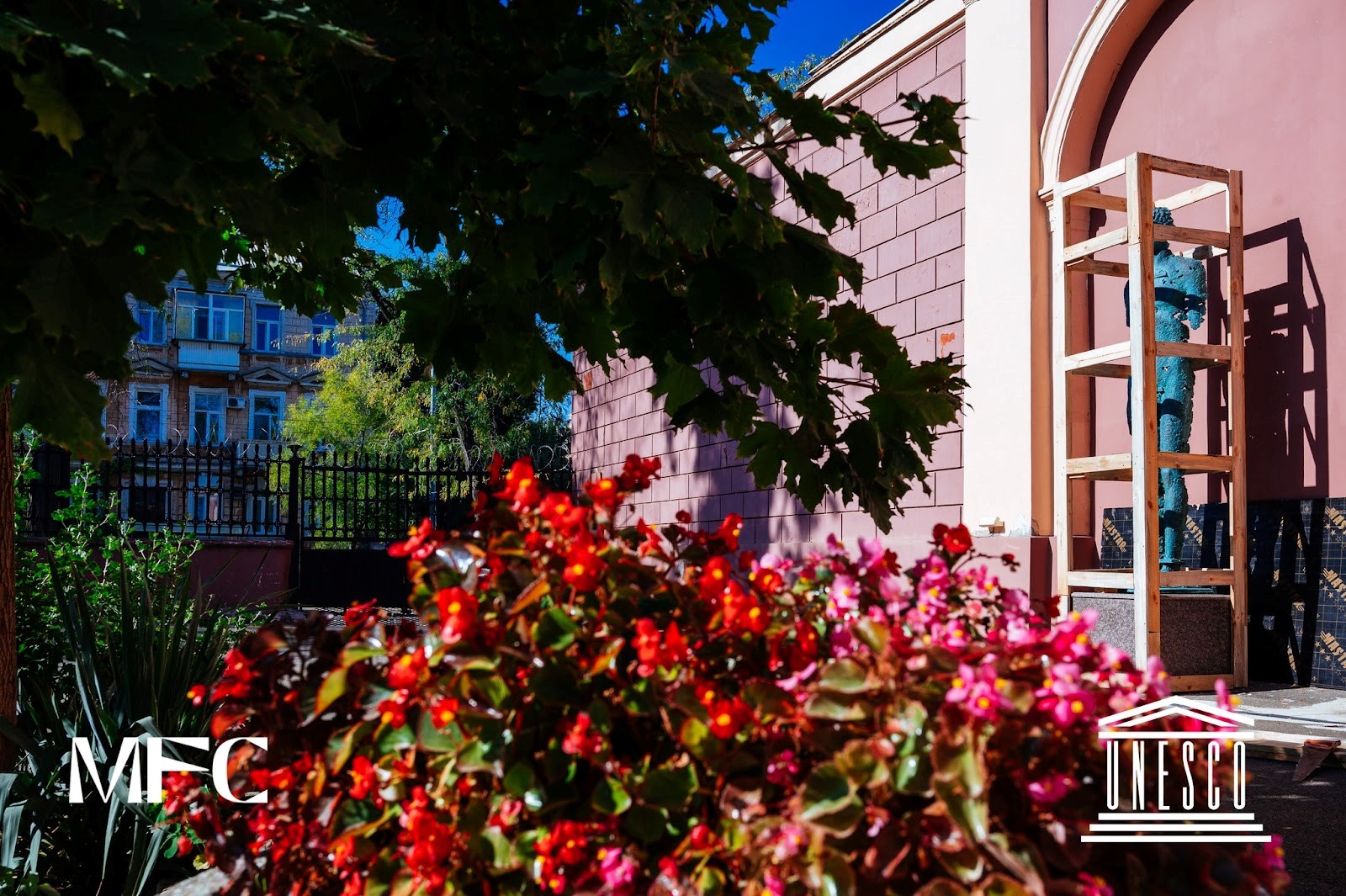
Protective structures in the courtyard of the Okhm. Photo: Museum for Change
People have little understanding of what UNESCO means. The organization cannot protect our architectural monuments. Their main role is education, scientific cooperation, and expertise. It is a large international organization that is overburdened with certain bureaucratic procedures to ensure transparency in the use of taxpayers' money.
They supported a lot of public associations. Through the Museum of Changes alone, we have implemented projects worth $300 thousand. The tender for the installation of temporary ventilation in the Okhm has now ended. The cost of these works is over a million hryvnias.
UNESCO has supported our museum several times during arrivals that affected the institution. The organization helped to install OSB panels on the facade from Primorskyi Boulevard and to preserve the authentic skylight on the second floor. I constantly recommend that institutions that have such valuable skylights with paintings should remove them proactively.
The attitude of "what's the point of UNESCO" that is widespread in Odesa is reinforced by Russian networks. They want us to lose faith and trust in international institutions, to feel isolated, to think that no one is helping us.
Do you know who else this narrative is useful for? All the developers who dream of continuing to build up the city center with high-rise buildings that ruin the historic appearance of the center. They reduce the possibilities of developing the city as a tourist destination. Now it's harder for them to do this. And they will increase this frustration in order to lobby for Ukraine's withdrawal from this program, for the center of Odesa to leave the UNESCO zone.
Does OCM have any strategic plans for life after the war?
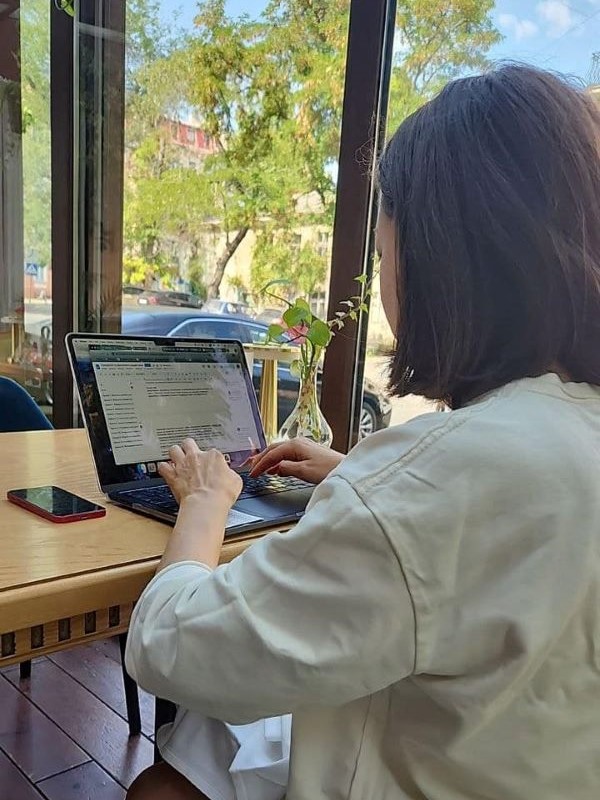
Photo: Facebook page of Oleksandra Kovalchuk
We wanted to get the Main Post Office as the second building of the museum. However, we realize that the cost of heating and restoration needs are very large funds that the museum does not have today.
Now we have a very interesting collection of war art. And we would like the exhibition dedicated to this period to be complete. That is, we really need a new building or a rebuilding of the existing one.
After the Prostranstvo built its premises, which killed the view from Primorsky Boulevard, I thought that we could build a modern part of the museum. This is what they do all over the world when they combine an old building with a new one. And this is also a way out.
What is the main problem, apart from the war, that makes Ukrainian museums have almost no chance of normal development?
If you look at the statistics, the lowest salaries in Ukraine are paid to people involved in museums, libraries, and archives. A museum director receives 10 thousand hryvnias a month, while employees receive 8-6 thousand. This suggests that this work is of the least importance to the Ukrainian state. The people who are responsible for the preservation of collections worth billions of euros receive such a salary. Without this change, it is impossible to develop Ukrainian museums.
Do you have a feeling that cultural life in Odesa is gradually recovering?
I can't answer this question because I spend too little time in Odesa.
In September, when I was in Lviv for a few days, curator Pavlo Gudimov took me on a tour of the new galleries and museums that had opened there in the last six months. This creates a healthy magnetism of the city that attracts people from the cultural sector.
Therefore, in order to bridge the cultural gap with Lviv, we need to open ten more new institutions.

